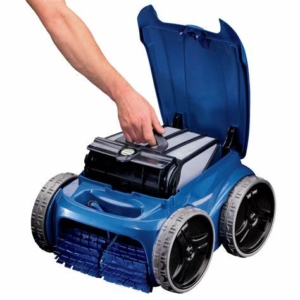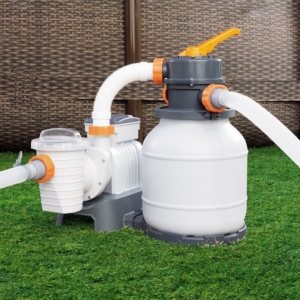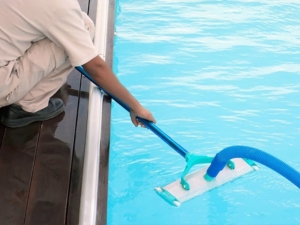Top 10 Kitchen Countertops (2023 Guide)
One of the best perks of being a home inspector is seeing tons of different properties and the different construction materials used to build. The kitchen is a known area of focus for any residential property. The best way to have a stunning kitchen is to choose kitchen countertops and cabinets for the space. This blog will discuss 10 kitchen countertops for you to consider.
Please ensure you take the time to hire the right contractor for your kitchen to remodel project. Don’t lose time and/or money taking shortcuts. It’s important to do your research and take the time to find a contractor who has the experience, skills, and reputation to handle your project.
- Start by asking friends, family, and colleagues for recommendations.
- Check online reviews and ratings of contractors in your area.
- Check their credentials, including licenses and insurance
- Ask for references from past clients.
It is important to communicate clearly with your contractor about your budget, timeline, and expectations for the project. You should be provided with a detailed estimate or proposal that outlines the scope of work, materials, and costs involved.
During the remodel, ask for updates, and check their work along the way. If you don’t feel comfortable with your knowledge of construction you can seek an outside opinion from someone like a home inspector to inspect the project.
Types of Kitchen Countertops
- Granite: Granite is a durable and super popular choice for kitchen counters. It is heat and scratch resistant and comes in a variety of colors and patterns.
- Marble: Marble is a luxurious and elegant option for kitchen counters. It is soft and can be easily scratched or stained. Sealing can help prevent this.
- Quartz: Quartz counters are engineered from natural quartz and resin. They are durable and resist staining and scratching.
- Laminate: Laminate kitchen countertops are made of layers of paper or fabric with a plastic coating. They are less expensive than other options, but can be easily damaged.
- Solid Surface: Solid surface counters are made of acrylic or polyester and are seamless. They can imitate the look of natural stone and are easy to repair if damaged.
- Concrete: Concrete counters are custom made and can be stained or colored to match any kitchen. They are heavy, durable, and heat resistant.
- Soapstone: Soapstone counters are made from a natural stone that is non-porous, heat-resistant and durable. It does not require sealant or regular maintenance.
- Stainless steel: Stainless steel counters are durable, easy to clean and are popular in commercial kitchens. They are resistant to heat and stains, but can be easily scratched.
- Recycled Glass: Recycled glass counters are made from recycled glass and are available in many colors and patterns. They are durable and easy to clean, but are vulnerable to chipping and scratching.
- Tile: Tile counters are made from individual tiles that are grouted together. They are available in a wide variety of colors, patterns and materials and can be easily replaced if broken or damaged.
Cost of Installing Kitchen Countertops
These are some of the most popular kitchen counter materials, but there are many other options available, such as butcher block, granite tile, and limestone. It’s important to consider your personal preferences, as well as the overall style of your kitchen, and durability, maintenance and budget when choosing a kitchen counter material.
The cost of installing new kitchen countertops can vary depending on the type of material you choose, the size of your kitchen, and the complexity of the installation.
For example, the cost of installing a basic laminate countertop can start at around $20 to $30 per square foot. This includes the cost of the materials, as well as labor costs for installation.
On the other hand, the cost of installing a high-end granite or quartz countertop can start at around $75 to $100 per square foot or more. This includes the cost of the materials, as well as labor costs for fabrication and installation.
Other Cost Related to Kitchen Countertops
In addition to the cost of the countertop material, you will also need to budget for additional costs such as:
- Removal and disposal of the old countertop
- New sink and faucet
- Backsplash installation
- Seam repair
The cost can also be influenced by the location you are based and the availability of materials and labor. The more complex the counter layout and design is the more it will cost. Custom design and high end materials will add up to the final cost.
Measuring Your Kitchen Countertops
Here are the steps you can take to measure your countertops correctly:
-
- Measure the length and width of each section of your countertop. For example, if your kitchen has a counter that runs along one wall, and an island in the middle, you’ll need to measure the length and width of each of these sections separately.
- Multiply the length and width of each section of your countertop to find the square footage of each section. For example, if your countertop along the wall is 12 feet long and 3 feet wide, the square footage would be 12 x 3 = 36 sq ft
- Add the square footage of each section of your countertop together to find the total square footage of your countertops. For example, if your countertop along the wall is 36 sq ft, and your island is 4 feet by 6 feet, or 24 sq ft, the total square footage of your countertops would be 36 + 24 = 60 sq ft
- Measure and calculate any cutouts or irregular shapes in your countertop, and subtract their square footage from the total square footage.
- Measure the height of the countertop and the overhang if any, this will help you to determine how much material you’ll need to purchase.
It’s important to be as accurate as possible when measuring your kitchen countertops, as even small discrepancies can affect the final result. This is a great start to give you and idea of the cost of materials but get a few qoutes from different contractors in your area to compare. Thier scope of work will be detailed to provide a better estimate of what you can expect to spend.






Pingback: Types of Backsplash: What is Right For Your Kitchen